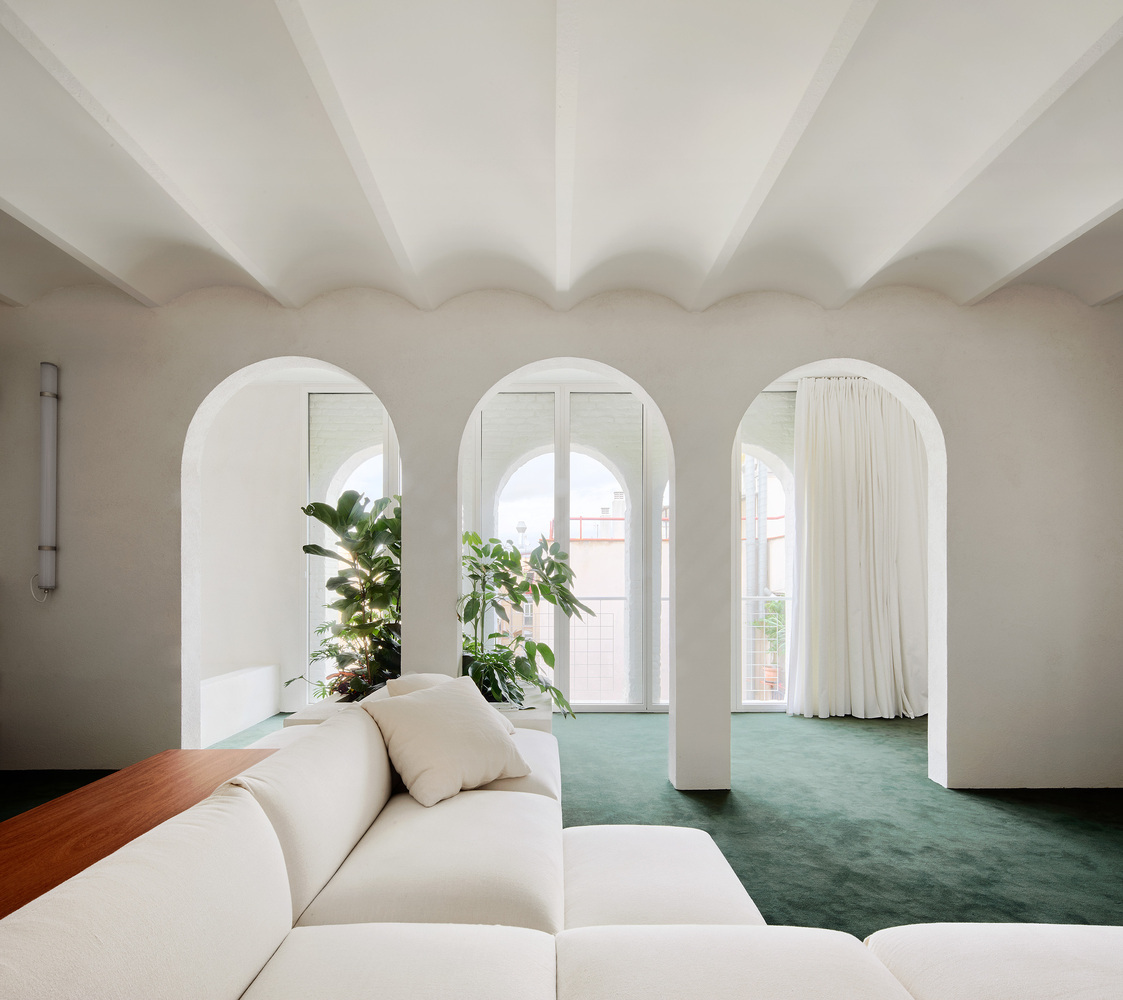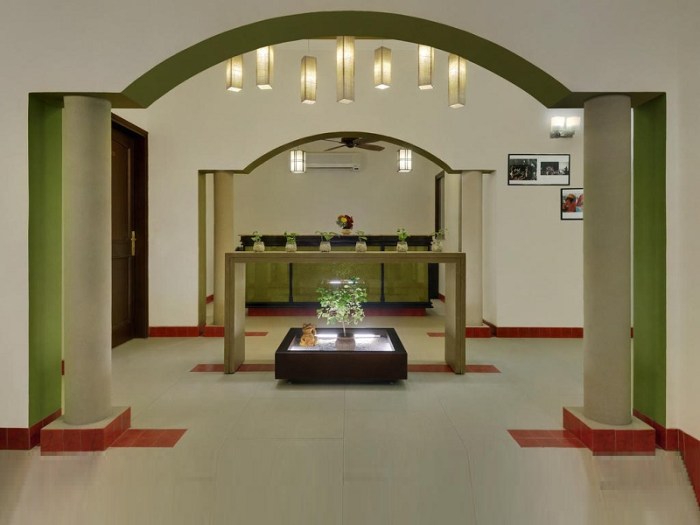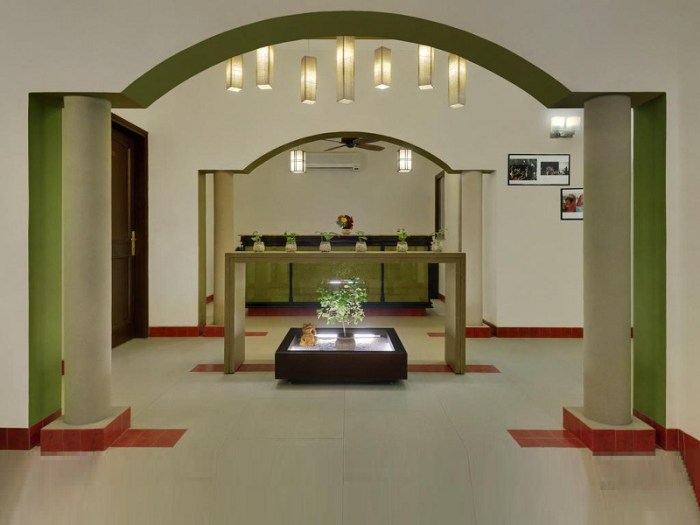Arch design for house interior is more than just a decorative element; it’s a powerful tool to shape the character and functionality of a space. From the grandeur of Roman arches to the elegance of Gothic styles, arches have been used for centuries to create captivating interiors.
Their ability to define areas, enhance flow, and create visual interest makes them a timeless design feature that continues to inspire.
This guide explores the history, types, materials, and applications of arch design in house interiors. We’ll delve into how different arch styles can impact the visual perception of a space, the psychology behind their appeal, and how to incorporate them effectively into various architectural styles.
Whether you’re looking to add a touch of classic charm or embrace a modern aesthetic, arch design offers a versatile and visually stunning way to transform your home.
Introduction to Arch Design

Arches have been a fundamental element in architecture for centuries, playing a significant role in shaping structures and influencing aesthetics. Their historical significance, architectural benefits, and diverse styles contribute to their enduring popularity in both traditional and contemporary designs.
Arch designs are a popular choice for house interiors, adding a touch of elegance and sophistication. They can be incorporated in various ways, from doorways and windows to room dividers and even decorative elements. For a unique twist, consider drawing inspiration from the 60s house interior design era, which often featured bold geometric shapes and contrasting colors.
This combination can create a truly captivating and timeless aesthetic for your home.
Historical Significance of Arches
Arches have a rich history dating back to ancient civilizations. Their use can be traced to Mesopotamia, Egypt, and Rome, where they were employed in monumental structures such as aqueducts, bridges, and temples. The Romans, in particular, perfected the arch, using it extensively in their architectural masterpieces.
Archways can add a touch of elegance and sophistication to any house interior, regardless of size. If you’re working with a smaller space, like a 48 sqm house interior design , arches can help to visually expand the area while creating defined zones.
The key is to choose the right arch design for your specific needs and style, ensuring it complements the overall aesthetic of your home.
The arch’s ability to distribute weight effectively and create vast open spaces made it an ideal solution for constructing durable and impressive structures.
Arch designs add a touch of elegance and sophistication to any house interior, and they’re particularly effective in smaller spaces. If you’re working with an 80 sqm house, consider incorporating arches to create a sense of openness and flow, as discussed in this 80 sqm house interior design guide.
Arches can be used to frame doorways, windows, or even divide rooms, making them a versatile design element for enhancing your home’s aesthetics.
Architectural Benefits of Arches in Interior Design
In interior design, arches offer a multitude of benefits, enhancing both aesthetics and functionality. Arches can:
- Create a sense of grandeur and elegance, adding a touch of sophistication to any space.
- Define different areas within an open floor plan, providing visual separation without creating physical barriers.
- Enhance the flow of light and air, making spaces feel more spacious and inviting.
- Add architectural interest and visual appeal, breaking up monotonous walls and creating focal points.
Arch Styles, Arch design for house interior
Arch styles vary widely, each characterized by unique features and historical influences. Some notable arch styles include:
- Roman Arch:This classic style features a semicircular shape with a keystone at the apex, known for its strength and simplicity. Examples include the Arch of Titus in Rome.
- Gothic Arch:Characterized by its pointed shape and intricate tracery, the Gothic arch is often found in medieval cathedrals and churches. Examples include the Notre Dame Cathedral in Paris.
- Tudor Arch:This style, popular in Tudor architecture, features a four-centered shape with a flattened curve at the top. Examples include Hampton Court Palace in England.
- Segmental Arch:A segmental arch has a curved shape that is less than a semicircle, offering a more modern and minimalist look. Examples can be found in contemporary homes and buildings.
- Elliptical Arch:This style features a smooth, elliptical curve, providing a graceful and elegant appearance. Examples can be found in various architectural styles, from classical to modern.
Ultimate Conclusion: Arch Design For House Interior

Arch design is a journey through history, style, and the psychology of space. It’s an opportunity to personalize your home with elements that evoke a sense of grandeur, intimacy, or openness, depending on your desired mood. From the traditional to the modern, arch design offers a wealth of possibilities for enhancing the beauty, functionality, and emotional impact of your living spaces.
By exploring the various styles, materials, and applications, you can discover the perfect arch designs to create a truly unique and inspiring home.
FAQ Summary
What are the most popular arch styles for modern homes?
Modern homes often feature clean lines and minimalist aesthetics. Popular arch styles include round arches, elliptical arches, and contemporary interpretations of traditional arch forms with simplified curves and sleek finishes.
Can I use arches in a small space?
Absolutely! Arches can actually create the illusion of more space in smaller rooms. By strategically incorporating arches, you can define areas, create visual interest, and enhance the flow of a compact space.
How do I choose the right arch material?
The best material depends on your style, budget, and the architectural style of your home. Wood is versatile and affordable, while stone and brick offer durability and a classic look. Plaster is a good option for a more seamless and modern aesthetic.
